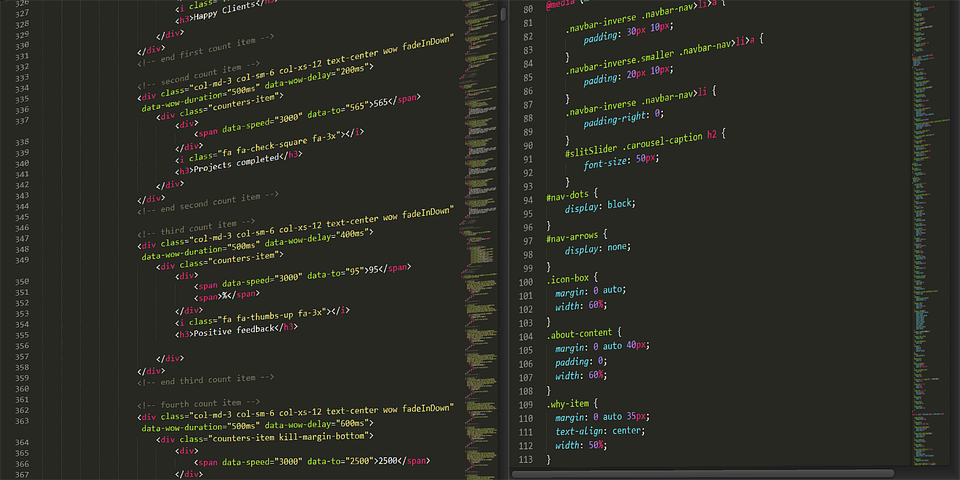In today’s fast-paced digital landscape, the demand for rapidly developed applications is skyrocketing. Traditional software development methods, while powerful, are often time-consuming and require specialized skills. Enter low-code and no-code platforms—revolutionizing how we approach application development, making it accessible to virtually anyone with a creative idea.
The Rise of Low-Code/No-Code Platforms
Low-code and no-code development platforms have emerged as a game-changer in the tech world. They provide users with a visual approach to software development, allowing them to create applications through drag-and-drop interfaces rather than cumbersome lines of code.
The Concept Defined
-
Low-Code Development: This approach allows users to employ some coding to create applications while providing a built-in framework that manages the majority of the process visually. It’s ideal for developers who want to speed up their workflow while retaining the flexibility to add custom code.
- No-Code Development: As the name suggests, this approach requires no programming skills. Users can develop applications entirely through visual interfaces. It targets those without a technical background, such as entrepreneurs, marketers, or design-savvy individuals.
Why Low-Code and No-Code?
1. Speed
One of the primary benefits of low-code/no-code platforms is the speed at which applications can be developed. Traditional coding can take weeks or even months, depending on the complexity of the application. With tools like Bubble and Webflow, users can develop functional web apps in a fraction of the time. This rapid development turnaround enables businesses to adapt quickly to market changes and user feedback.
2. Accessibility
Low-code and no-code platforms democratize app creation. Non-developers can transform their ideas into working applications without learning a programming language. This accessibility opens the floodgates for innovation, allowing more voices and perspectives to contribute to the tech ecosystem.
3. Cost-Effectiveness
Hiring a team of developers can be costly, especially for startups and individuals with limited budgets. Low-code and no-code tools significantly reduce development costs by empowering users to build applications themselves. This financial advantage is especially significant for entrepreneurs looking to launch their startups quickly.
4. Collaboration
Low-code/no-code platforms promote collaboration between IT and business teams. Business professionals can articulate their vision and create prototypes, which developers can then refine. This synergy ensures that the final product aligns closely with user needs.
Popular Low-Code/No-Code Platforms
Bubble
Bubble has gained popularity for its robust features and flexibility. It enables users to build fully functional web applications without writing a line of code. With a wide array of plugins and integrations, Bubble facilitates the creation of applications ranging from simple prototypes to complex marketplaces. Its responsive design capabilities help ensure that apps look great across all devices.
Webflow
Webflow is a design-focused platform that allows users to create prototypes and production-ready websites with ease. Its powerful visual editor lets users design layouts visually while still maintaining the flexibility of coding for advanced customization. Webflow’s CMS functionality enables businesses to manage content effortlessly without diving into the complexities of traditional web development.
Getting Started with Low-Code Development
If you’re ready to embark on your journey from idea to app, here are some steps to help you get started:
-
Define Your Idea: Start with a clear vision of what you want to create. Outline the features that are essential for your app and prioritize them.
-
Choose the Right Platform: Depending on your needs, choose between low-code or no-code platforms. If your project demands more customization, low-code may be the way to go, while no-code is perfect for simpler applications.
-
Utilize Online Resources: Take advantage of the learning resources offered by platforms like Bubble and Webflow. They often have extensive documentation, tutorials, and active communities to support you on your journey.
-
Start Building: Don’t be afraid to experiment! Begin with a prototype, iteratively build out your app, and refine it based on your experience and user feedback.
- Launch and Learn: Once your app is live, gather user feedback to understand what works and what can be improved. This continuous learning loop will help you enhance and adapt your application over time.
Conclusion
Low-code and no-code platforms have ushered in a new era of application development. By enabling non-developers to create functional web apps quickly and efficiently, these tools are not just leveling the playing field—they’re reconfiguring the entire landscape of app development. Whether you’re a seasoned developer or someone with a brilliant idea but no coding skills, the time to dive into the world of low-code/no-code is now. Your app is just a few clicks away!



